The Pigeon scabiosis is a meadow flower with a delicate purple bloom, the medicinal plant is widespread throughout Europe. The pigeon scabiosis is mainly found on so-called poor meadows and dry grasslands.
Occurrence and cultivation of the pigeon scabiosis

For medicinal purposes only the leaves are used, not the flowers. These can be collected from late spring to the beginning of autumn. Pigeon scabiosis has become very rare in some areas. It is protected and should therefore not be collected in the wild. The structural change in agriculture and the over-fertilization that often goes along with it make the naturally occurring stock of this medicinal plant difficult to cope with.
The small, delicate leaves are best for preparing salads between April and June. The leaves for envelopes are best used from spring to early fall. In addition to dry grass, pigeon scabiosis can also often be found on roadsides. The plant is perennial and can reach a height of 25 to 60 centimeters. The upper leaves are pinnate, the lower leaves oval-lanceolate in appearance. Below the flowers, the stem of the pigeon scabiosa has a slight hairiness.
The typical blue-violet flowers appear from June to October. These are the terminal heads of the plant, and the marginal flowers of the pigeon scabiosa are always larger than those in the interior of the flower. The seeds develop from the flowers in autumn and hide on the prickly fruit clusters. The leaves of the stems hardly decrease in size towards the top and are almost evenly distributed.
Effect & application
In addition to being a food plant for insects, the pigeon scabiosis also serves as food for humans and also as a medicinal plant. A salad can be prepared from parts of the plant. The medicinal plant owes its name to the fact that it was previously used as an effective remedy against itch mite infestation in humans and animals. To prepare a salad, the freshly harvested leaves are simply added to other types of salad. However, a salad can also be prepared exclusively from the leaves of the pigeon scabiosis.
The salad is considered aromatic and tasty and has a general strengthening and metabolism-enhancing effect. The leaves can also be dried. It is possible to make tea from the dried leaves, but not common because of the rather bitter, bland taste.
The leaves of the pigeon scabiosis can also be used externally for healing purposes. With a mortar, a pulp can be pounded out of the fresh leaves. In the past, such a poultice was used as a skin disinfectant for skin parasites and especially for infestation with itch mites. The itch mites die reliably within a few hours after thinly spreading the paste. The healing knowledge about the effect against scabies was largely lost.
Today there are also far more effective chemical agents against scabies available. Pigeon scabiosis can also be cultivated successfully in your own garden. To do this, the seeds are sown directly in the desired location in spring. A sunny location should be selected for this. The soil should be lime-rich, dry and loamy. Additional fertilization is not required.
Importance for health, treatment & prevention
The importance of pigeon scabiosis for health, prevention and treatment has largely been lost today. Nevertheless, the beneficial effects of itch mite infestation are well documented and reliable. Today, however, the pigeon scabiosa is mainly to be found as a beautiful ornamental plant in front gardens. There it is valued by many insect species as a rich source of nectar.
The main importance for health lies on the one hand in the general metabolism-promoting effect, on the other hand in the use against itch mites. The medicinal ingredients are contained in the leaves, but not in the flowers of the plant. However, all parts of the plant including the flowers are non-toxic and can be consumed without hesitation. The leaves of the pigeon scabiosis contain various essential oils, flavonoids, minerals, scabiosides and also vitamins. Scaboside and essential oils are primarily responsible for the anti-parasitic effect.
Remains of the pigeon scabiosa are also visible in winter, as they also survive above the ground. In contrast to other meadow plants, the roots of the pigeon scabiosa reach up to two meters deep into the ground. In order to stop it from spreading too far in the garden or in fields, a complete pruning may be necessary. The first reliable archaeological finding of a pigeon scabiosis comes from the 3rd century in the area around Rottweil.
In 1562 Hieronymus Harder added the medicinal and cultivated plant to a herbarium. In the meantime, several hybrids of the pigeon-scabiosa have emerged through cross-breeding, for example the "Butterfly Blue" with deep, pure blue flowers. Overall, the population of the pigeon-scabiosis in Germany is not considered endangered, but the plant was in the states of Brandenburg and Mecklenburg-Western Pomerania added to the Red List of Endangered Plant Species. Products available in pharmacies no longer contain plant extracts from pigeon scabiosis.

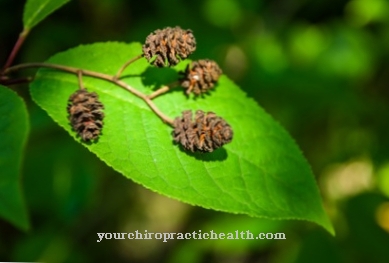
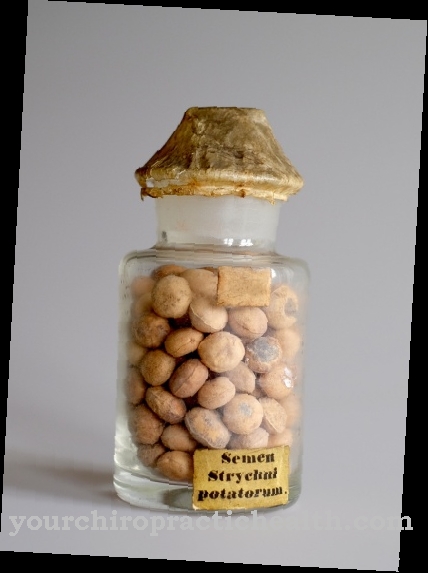
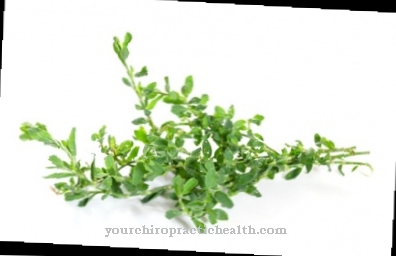
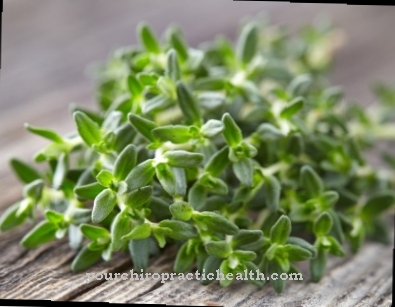

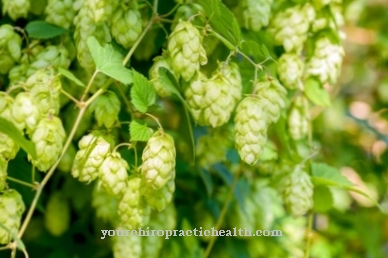

.jpg)



















